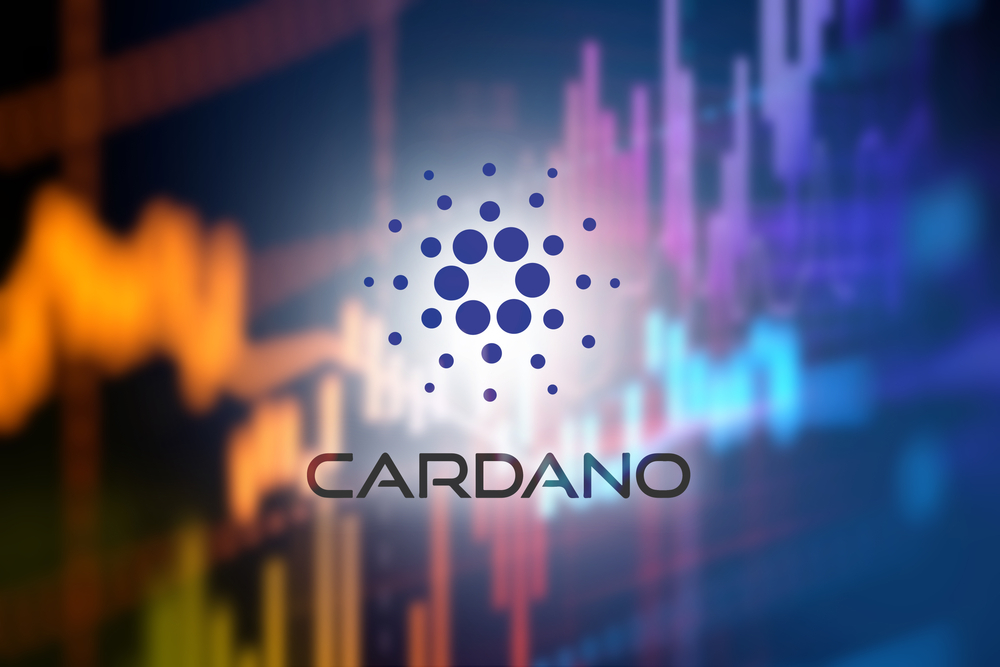A Beginner’s Guide To NFT Lending: What To Know

As the popularity of NFTs continues to soar, a new trend has emerged – NFT lending. This innovative financial service allows NFT holders to unlock liquidity by leveraging their digital assets as collateral. Thus, NFT owners can access funds without selling their prized possessions, opening up opportunities for investors, creators, and collectors.
The Rise Of NFT Lending
NFT lending has gained traction lately as more investors seek ways to maximize the value of their digital holdings. Traditional financing options often overlook NFTs due to their unique and sometimes illiquid nature.
However, NFT lending has become more efficient with the advent of decentralized finance (DeFi) platforms. One key benefit of NFT lending is the liquidity provision for NFT owners without requiring them to part ways with their assets. It is advantageous for investors who believe in the long-term potential of their NFT holdings but require immediate capital for other ventures or investments.
Understanding NFT Fractionalization
In addition to NFT lending, another concept that has emerged is NFT fractionalization. It involves dividing high-value NFTs into smaller, tradable units, allowing multiple investors to own a fraction of the original asset.
Try Crypto Engine today, the best crypto trading bot! Click here to sign up. Artificial intelligence crypto bots are leading the trading markets, you can take part in the AI revolution and make money too! Stay ahead of the crypto game with Artificial Intelligence crypto trading bot today!
Fractionalization democratizes access to coveted NFTs, making them accessible to a broader audience of investors. It also plays a crucial role in enhancing the liquidity of NFTs.
By breaking down significant assets into smaller, more manageable units, investors can easily buy and sell fractions of NFTs, eliminating the need for substantial capital outlays. A side benefit of this trend is that it opens up new possibilities for portfolio diversification and risk management within the burgeoning NFT market.
How NFT Lending Works
NFT lending operates on a peer-to-peer or peer-to-protocol basis, depending on the platform used. In a peer-to-peer lending model, NFT owners list their assets as collateral on NFT lending platforms and receive loan offers from other users.
Once a suitable offer is accepted, the borrower receives the loan amount, typically denominated in a stablecoin, while the NFT is held in escrow as collateral. Alternatively, peer-to-protocol lending involves borrowing directly from a DeFi lending protocol, where NFTs are deposited as collateral into smart contracts.
This method provides borrowers access to liquidity while leveraging blockchain technology’s automated and decentralized nature. Integrating NFT lending and fractionalization has profound implications for the crypto market.
By combining these mechanisms, NFT owners can access liquidity through multiple avenues, leveraging their assets for borrowing while retaining ownership rights. For instance, an NFT owner may fractionalize their asset, selling shares to raise immediate funds. Simultaneously, they can utilize the remaining portion of the NFT as collateral for additional loans, maximizing their capital efficiency.
The Benefits Of NFT Lending And Fractionalization
Whether NFT owners want to expand their investment portfolio, fund new projects, or capitalize on emerging opportunities, NFT lending and fractionalization provide a flexible and efficient solution.
Furthermore, fractionalization enables broader participation in the NFT market, allowing investors to access previously out-of-reach high-value assets. This democratization of ownership fosters a more inclusive ecosystem, resulting in broader innovation and growth.
Risks Associated With NFT Lending
As the popularity of NFT lending continues to surge, it is essential to acknowledge its inherent risks. One of the primary concerns is the volatility of NFT valuations, which can fluctuate dramatically over short periods.
Unlike traditional assets, NFTs lack the same price stability, making it challenging to assess their value as collateral for loans accurately. Moreover, the decentralized nature of blockchain technology introduces potential vulnerabilities in smart contracts, the underlying infrastructure powering NFT lending platforms.
While smart contracts offer automation and transparency, they are not immune to bugs, exploits, or malicious attacks. Any contract vulnerabilities could result in financial losses for borrowers, lenders, and platform operators.
Another risk factor is the regulatory uncertainty surrounding NFTs and decentralized finance (DeFi). As governments worldwide grapple with how to regulate these emerging technologies, they create uncertainty for market participants.
Moreover, regulatory crackdowns or enforcement actions could disrupt NFT lending operations and undermine investor confidence. Furthermore, NFTs’ illiquidity poses challenges for borrowers and lenders in the event of default.
Unlike liquid assets such as stocks or cryptocurrencies, NFTs can be difficult to sell quickly, especially during periods of market downturn or low demand. Lenders could struggle to recover their funds when they choose to liquidate the collateralized NFTs in the event of a default, leading to financial losses.
Mitigating Risks In NFT Lending
Stakeholders must adopt robust risk management practices and due diligence measures. Such measures include conducting thorough assessments of NFT collateral, implementing secure smart contracts, adhering to regulatory compliance requirements, and diversifying lending portfolios to spread risk.
Furthermore, transparency, accountability, and communication are essential for building trust and confidence among participants in the NFT lending ecosystem. By addressing these risks proactively, the NFT lending industry can continue to thrive, unlocking new opportunities for investors and borrowers.
The Future
As blockchain technology matures and DeFi platforms evolve, further innovation in the NFT lending and fractionalization space will emerge. The intersection of NFTs and decentralized finance will reshape the digital asset landscape for years.
Disclaimer: Latest Coin News is your go-to platform for promoting content for a multitude of cryptocurrency and blockchain enterprises, and your organization could be the next to benefit from our services! For inquiries, don’t hesitate to connect with us via our Telegram Chat. Given the volatile nature of the cryptocurrency market, we encourage you to conduct comprehensive research prior to making any investment decisions. Some of the content on our website, such as broker reviews, is either paid content or contributions from guest authors and may not necessarily reflect the views of Latest Coin News. We disclaim any responsibility for the accuracy, quality, and content of advertisements, products, or any other materials, including ad spaces displayed on our platform. For a thorough understanding, we invite you to review our full terms and conditions and disclaimer.






